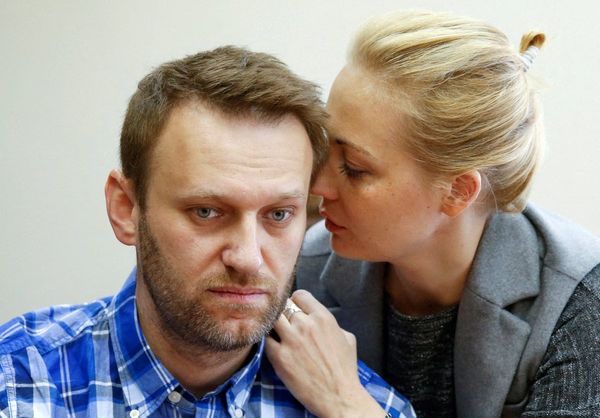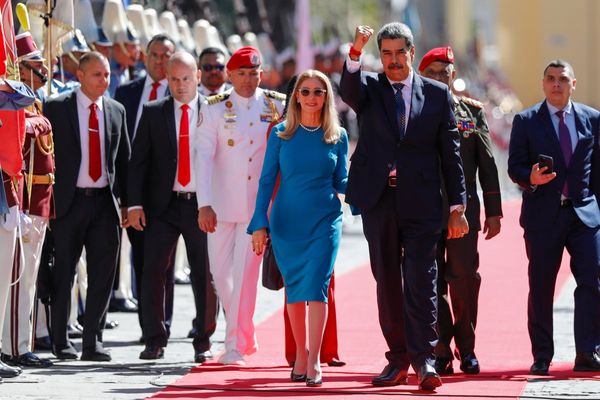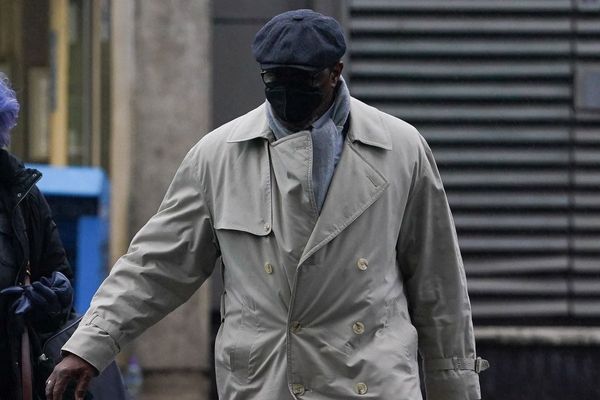Mass shootings turn heads and capture media headlines, but in truth they represent less than 1% of all shootings in America. Despite increasing recognition that firearm violence is an epidemic, we fail to acknowledge the disproportionate contribution of single-victim firearm injuries to the overall burden of gun violence.
“Everyday” firearm violence affects older white men with suicidal intentions and the most marginalized people in America: the Black and brown. This is the leading cause of premature death for Black men and the second leading cause of premature death for Latino men and Black women. Most of their stories don’t make the news.
A Google search for “Chicago news” on a recent uneventful Saturday evening led to a headline that read, “Chicago shootings: 5 juveniles among 22 shot in weekend violence across city.” The details were reported in typical fashion: where the victim was shot, what hospital they were taken to and whether they survived. After that Saturday, there were no more headlines for those victims, no follow-up stories; they were yesterday’s news.
Media coverage presents victims of firearm violence as binary outcomes — survivors and nonsurvivors. As doctors, we know all too well that the spectrum of outcomes between life and death is vast, and along it lay innumerable outcomes. Some firearm victims survive but are left in a vegetative state. People who once had personality and were capable of elegant movement are resigned to long-term care centers until they succumb to infections from bed sores and pneumonia. Others spend the rest of their lives paralyzed and dependent on caregivers for their activities of daily living. Then there are those who live with daily reminders, physically and figuratively: 60% of firearm victims deal with post-traumatic stress disorder.
Surviving a firearm injury is a chronic condition, “post-firearm injury disease,” which results in ongoing medical needs, mental health challenges and social disruption. As a result of continual improvements in emergency medical services, more firearm victims are surviving but are left with some type of chronic condition.
Beyond the bodily harm caused by firearm wounds, treating these injuries costs on average nearly $25,000 in the first month after being shot. According to a study by Dr. Zirui Song, an internal medicine physician at Massachusetts General Hospital, within the first year of being shot, patients average nearly $2,500 per month in health care spending. For those without commercial insurance, Medicare and Medicaid — and therefore, the taxpayer — bears the brunt of this cost, contributing significantly to government health care spending. Based on the current nonlethal rate of firearm wounds, survivors of firearm injuries cost the United States $2.5 billion annually.
The social ramifications of firearm injuries encompass family members who care for the wounded; businesses that lose employees; and communities that are denied full participation of those whose bodies, minds and psyche are temporarily or forever altered. Yasemin Irvin-Erickson, assistant professor of criminology at George Mason University, studied cities across the U.S. and found that firearm violence stunted new retail and business creation by 4% and decreased home value appreciation and homeownership rates.
In some U.S. cities, surges in firearm violence alone were responsible for decreasing the number of available job opportunities. For example, Irvin-Erickson demonstrated in Oakland, California, that every homicide caused by firearm violence in a given year was associated with five fewer job opportunities.
The category between alive and dead — those who are not living to their full potential due to the derailing effects of a bullet — deserves our attention as clinicians and warrants the focus of policymakers. Until we achieve a radical reduction in the number of firearm victims, we must direct funding toward this forgotten population of survivors. This is especially true for those living in communities of color, whose deep estrangement from the infrastructure of resources makes living with disability and chronic disease even more debilitating.
Those living with the medical ramifications of firearm wounds, at the bare minimum, need continuous access to medical and mental health care through programs that provide lifelong insurance coverage. We also must provide financial and legal assistance to every trauma victim in recognition of the financial toxicity of this disease. And we need community-based solutions that address the social ramifications of firearm-related injuries, such as providing youth in communities disproportionately affected by firearm-related injuries with programs to help them get connected to in-demand occupations. The best prevention against firearm injuries in impoverished communities very well might be a meaningful, purpose-filled, living-wage job.
Firearm-related injuries are now the leading cause of death for children and teens in the U.S. Those who recognize that firearm-related injuries are an epidemic have stopped short of repeating this fact. We must challenge ourselves to speak about firearm-related injuries and their effects with more nuance and specificity — and in turn hold policymakers accountable for enacting nuanced, specific solutions to this ongoing health crisis.







